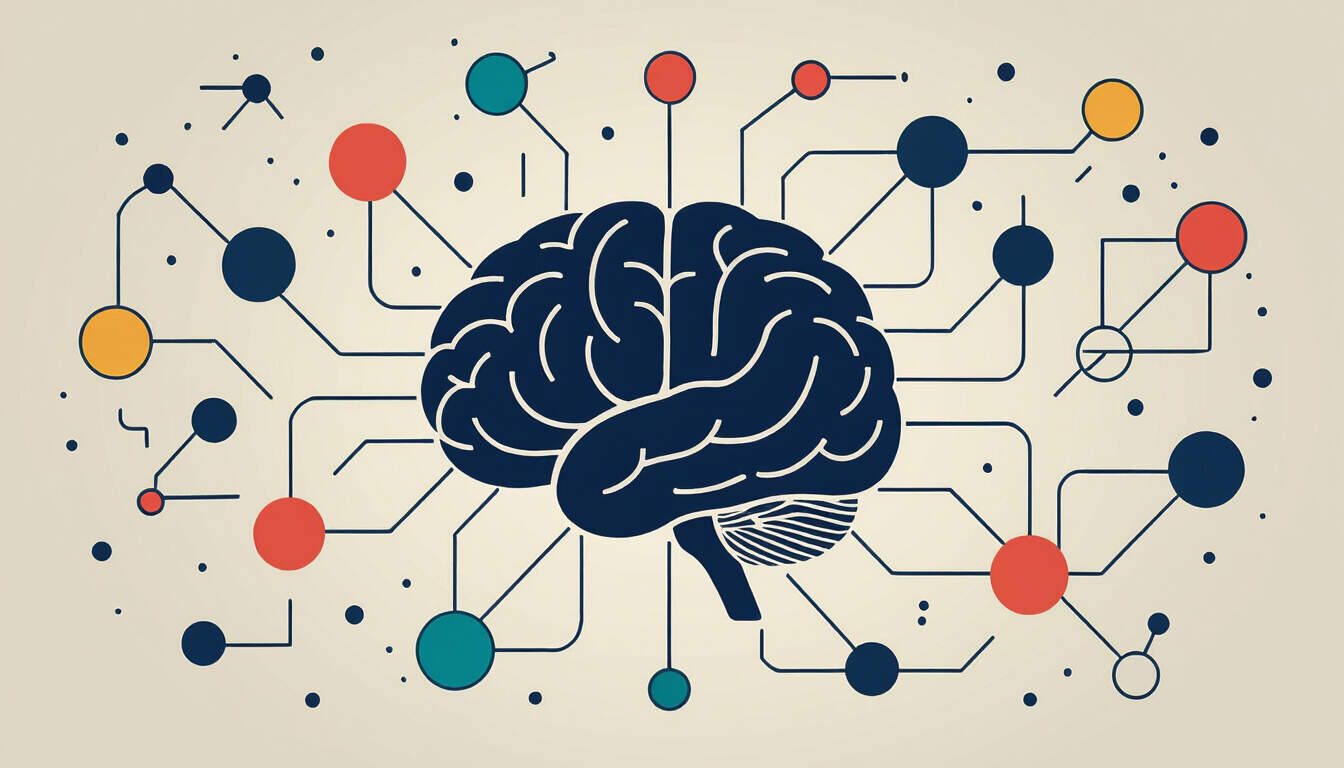Cognitive Enhancement Tools and Their Role in Second-Order Thinking and Feedback Loops
 by Marlene Keeling
by Marlene Keeling
Cognitive enhancement tools offer ways to improve thinking by focusing on second-order effects and feedback mechanisms. These approaches help in analyzing deeper outcomes and creating continuous improvement cycles, making them essential for personal and professional growth.

Cognitive enhancement tools have become essential in modern life, aiding individuals in refining their mental processes. These tools, such as apps for mindfulness or problem-solving software, encourage users to look beyond surface-level decisions. For instance, second-order thinking involves considering the consequences of consequences, a method that can transform how people approach challenges.
In discussions of mental improvement, second-order thinking stands out as a key concept. It requires examining not just immediate results but also the longer-term impacts. By using cognitive tools like journaling exercises, professionals can anticipate chain reactions in their work. This practice leads to better strategic planning and fewer unintended outcomes.
Feedback loops play a critical role in this process. They represent cycles where outputs influence future inputs, creating patterns of growth or decline. Cognitive enhancement tools often build these loops into their design, allowing users to track progress over time. For example, a student might use an app that monitors study habits, turning daily reflections into actionable insights.
To illustrate, consider how second-order thinking applies in everyday scenarios. A manager deciding on team restructuring might first evaluate direct effects, such as changes in workload. Then, through second-order thinking, they assess how this could affect employee morale and company culture in the long run. Such tools provide frameworks for these evaluations, fostering deeper analysis.
Feedback loops enhance this by promoting iterative learning. In personal development, tools like habit trackers create systems where small adjustments lead to significant changes. If a routine isn't yielding expected results, the loop identifies the issue and suggests modifications. This ongoing process helps curious individuals refine their approaches without stagnation.
Benefits for Different Groups
Professionals often face high-stakes decisions where errors can be costly. Cognitive enhancement tools integrate feedback loops to minimize risks. By regularly reviewing outcomes, they can adjust strategies based on real data, leading to more effective leadership.
Students, on the other hand, benefit from tools that emphasize second-order thinking in academic settings. For example, preparing for exams involves not only studying material but also predicting how concepts interconnect. Apps that simulate scenarios help build these skills, turning rote learning into meaningful comprehension.
Curious individuals exploring cognitive processes find value in combining these elements. Tools that encourage reflection and iteration support a lifelong pursuit of knowledge. Through consistent use, they develop habits that enhance creativity and problem-solving.
Practical Applications
One way to implement these tools is through daily routines. Start with simple exercises, like noting potential ripple effects of daily choices. Over time, this builds awareness of second-order impacts.
- Use apps to log decisions and their outcomes.
- Review patterns weekly to identify feedback cycles.
- Experiment with new methods based on insights gained.
In systems thinking, these tools reveal how individual actions contribute to larger patterns. For instance, in a business context, understanding feedback loops can prevent project failures by addressing early warning signs.
The integration of cognitive enhancement tools with second-order thinking and feedback loops offers a pathway to sustained improvement. By focusing on these areas, users can achieve greater clarity and efficiency in their endeavors.
Ultimately, the value lies in their ability to foster adaptive behaviors. As individuals apply these concepts, they notice enhancements in decision-making and overall well-being. Cognitive tools, when used thoughtfully, pave the way for ongoing development and success.
